Our friends Fredrick and Nancy are spending this winter exploring the coast of Baja California, Mexico! They previously spent over a year living in the wilds of Alaska in their 17′ Salish Voyager, Wild Places. Now in search of adventure in a warmer climate, they’re again using this capable rowing sailboat as their home base to explore and experience everyday life in another ecosystem.
A New Journey Begins
After nearly 5,000 miles towing our Salish Voyager from Alaska to Mexico, there she was, the Sea of Cortez, shining turquoise blue in the afternoon sun. The softest of gentle breezes rippled the surface. Two tiny sailboats, out for the day, were on the water just south of San Felipe.
Fredrik and I hadn’t planned on putting on the water until many miles further south. However, the excitement of the moment and road weariness from a month of car travel overrode plans made months earlier in Alaska.
Before that first splash could take place, there were lots of logistics. We needed food, lots of fresh water, a place to leave the car and—we assumed—a boat ramp. All those things came together at Gonzaga Bay.
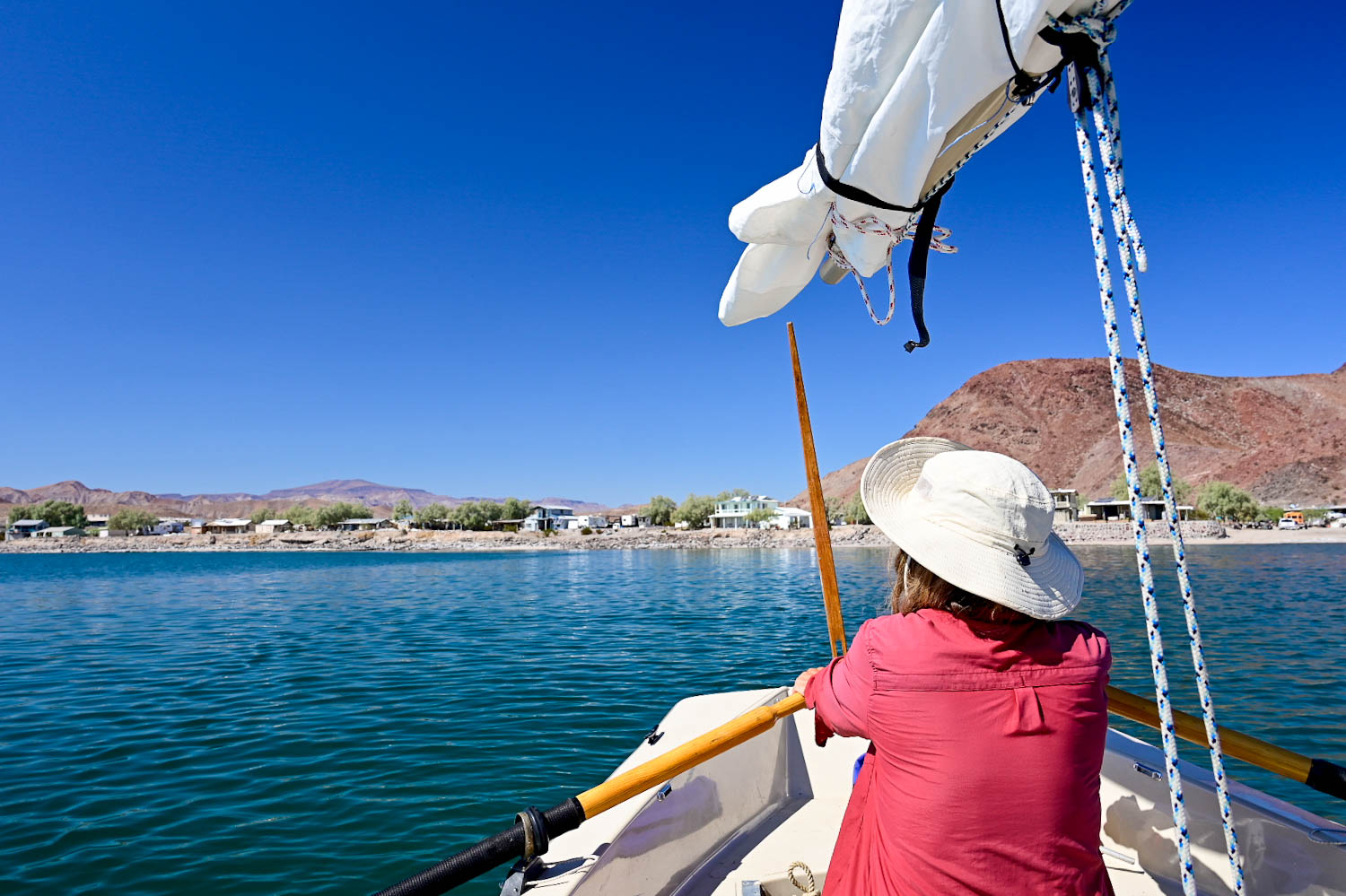
Learning a new environment
That night our first El Norte—notoriously high northerly winds that are the bane of small boaters in Baja—hit. We remained on the beach, while 30 knot winds whipped the ocean into a frothy mix and blew sand into everything we owned. We woke to the sound of pounding surf and got out of bed to move the boat further up the beach on inflatable rollers. Working hard in the turmoil of the storm, I wondered when the “vacation” was supposed to begin.
We weren’t even sure if the tide was going up or down. Judging tidal fluctuations in the Sea of Cortez is tricky at best.
Somewhere along the sea’s 700-mile length, incoming tides meet outgoing tides and to some degree cancel each other out. Here on the northern end, when the moon is full or new, there are still two highs and two lows in a 24-hour period. However, at quarter moons, the low high and the high low blend enough as to be easily confused, giving the appearance of only two tides a day. Our nearest tidal station over a hundred miles away didn’t seem to be of much help.
As I waited for the information I needed, millions of stars lit up the darkest night I had ever seen, while at my feet phosphorescent plankton made the waves sparkle.
Finally, yes, the tide was noticeably lower. I went back to bed.
Even with 1,600 miles of Voyager travel in Alaska behind us, we were new here. We had lots to learn.

A first taste of the R&R we came for
The vacation began with three delightful days in Gonzaga Bay. Pelicans entertained us with endless antics. Blue-footed boobies tucked their hilariously colored feet behind them and dove like arrows for small fish. In a land of red and black volcanic rock, we camped in a small cove of white granite boulders that accentuated the turquoise blue of the sea. We tossed the small extra anchor we bought for the trip overboard and had lunch as hundreds of tiny crabs scurried about.


This was our chance to try out a few of the systems we added for this trip. A sun shower rigged with a dromedary water bag heated in the sun and hung from the mast worked great.
My favorite addition was the swim ladder made from an old climbing atria.
Get hot while rowing? Simply jump overboard, and climb back in easily without rocking the boat. Ah, refreshing.
Forget something on the boat at anchor? Simply wade, or swim, out and get it. Some parts of life were easy.
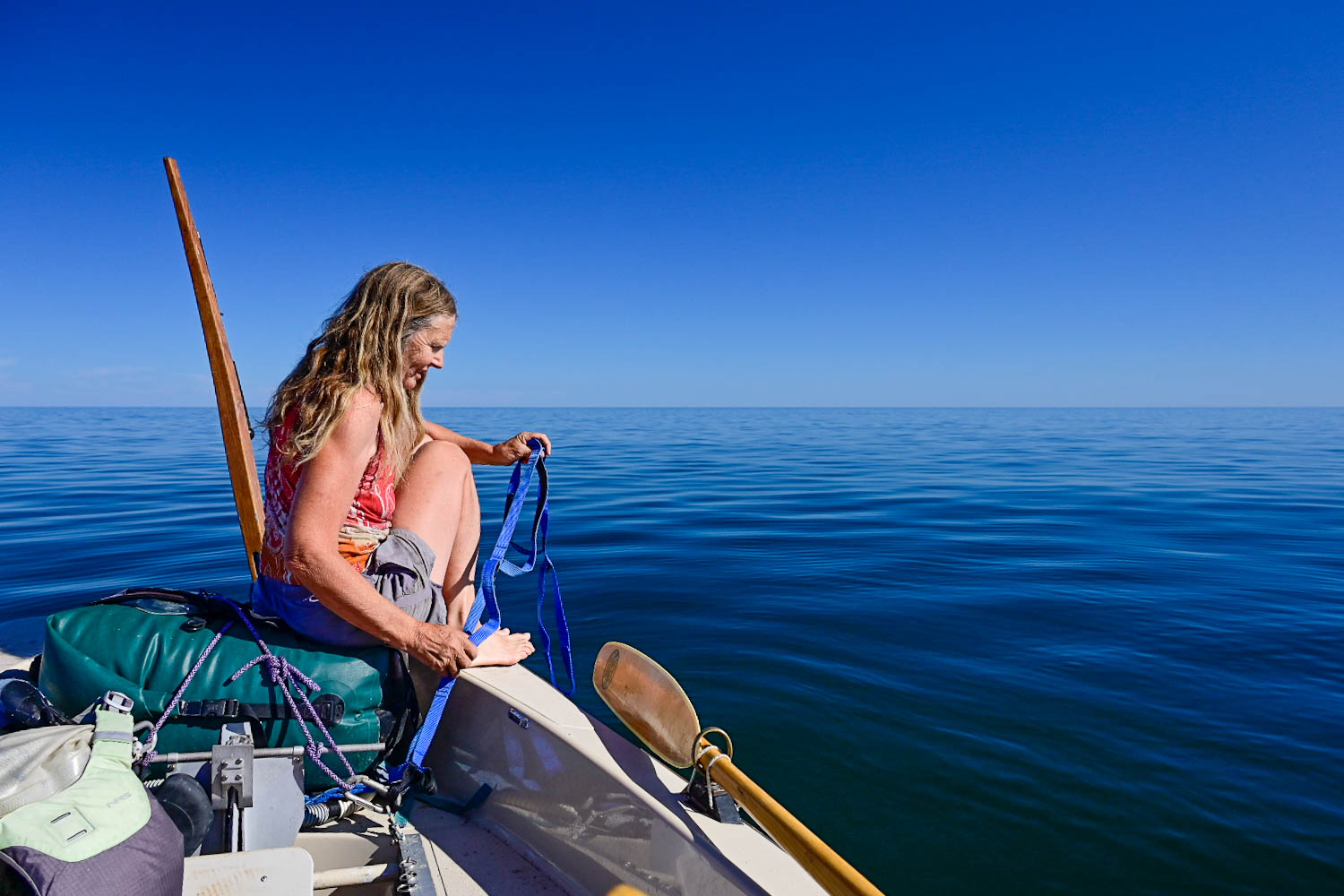
Some parts of life were not so easy.
We had already seen winds go from zero to twenty in a few minutes. Huddled in the lee of the island, williwaws racing in cat’s paws across the bay kept us close to shore. Our previous kayaking experience in Baja told us that soft breezes are rare here.
Finally, we got what we were waiting for. That gentle breeze we had seen from the car. Fredrik and I had made plenty of jokes about reefing our sail at the Mexican border and never letting it out. But, on our third day, we unfurled the whole sail, and as Fredrik would say, we played with a full deck.
Fun all done, another El Norte was coming and we needed to go.
Bahia de Las Angeles
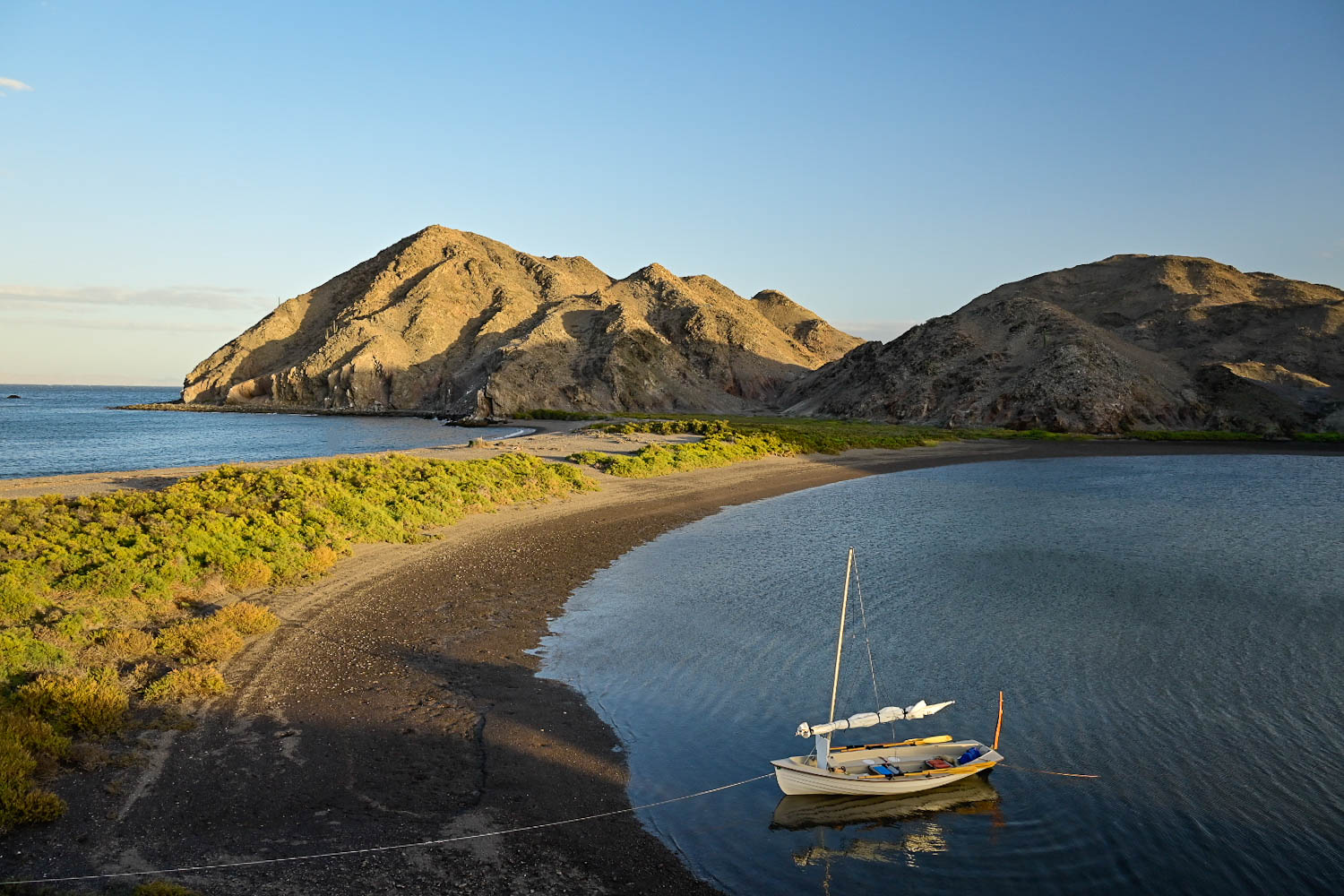
Our next stop, was Bahia de Las Angeles, our intended first destination. With only a sand beach to work with we found getting the boat off the trailer without a boat ramp was surprisingly simple. We blew up the rollers, emptied her of all extra weight, and bumped her off. Figuring out how to get her onto the trailer without a ramp would come later.
This cluster of islands in a big open-mouthed bay was a good choice for the continuation of our shake-down voyage. It promised short moves between protected coves and at least protection from outside waters.
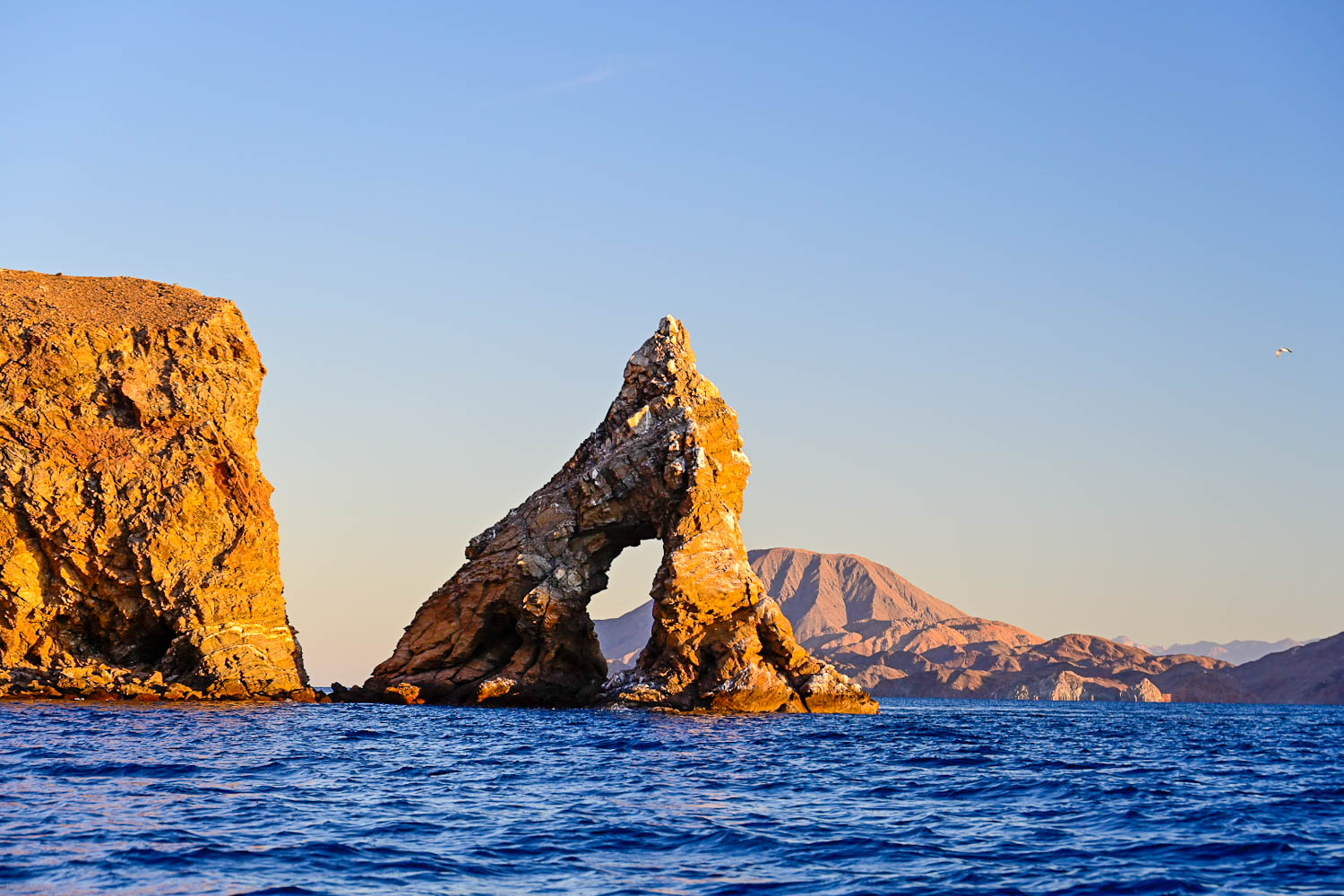
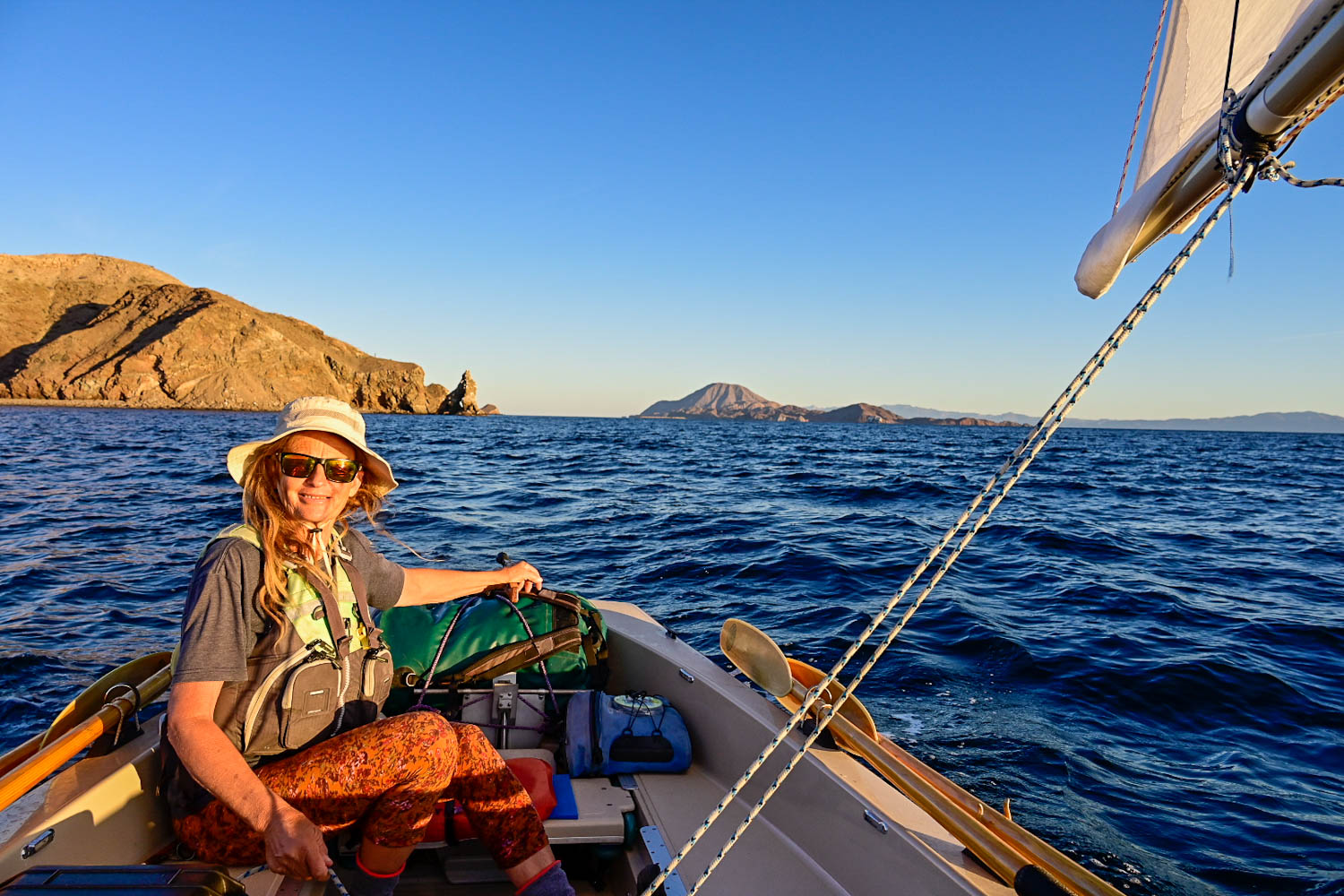
The islands of Bahia de Las Angels hold species unique in the world—like the giant chuckwalla, an oversized lizard. Plus, this biosphere reserve offers protection to numerous endangered species including five species of sea turtle. On multiple occasions, we spotted the roundish head of sea turtles, a species that had survived the extinction of the dinosaurs, but may not survive the Anthropocene.
Even among the islands, the north winds remained relentless. We mostly stayed ashore and fought to keep any kind of shelter standing. But, we were out in wild places, learning, exploring, snorkeling, and hiking. We moved between islands at sunrise before the winds picked up, sometimes putting on the water in the dark. Alarms were set for 3:15, and we often put on the water in the dark. I turned 65 on our first relatively windless day surrounded by dolphins.
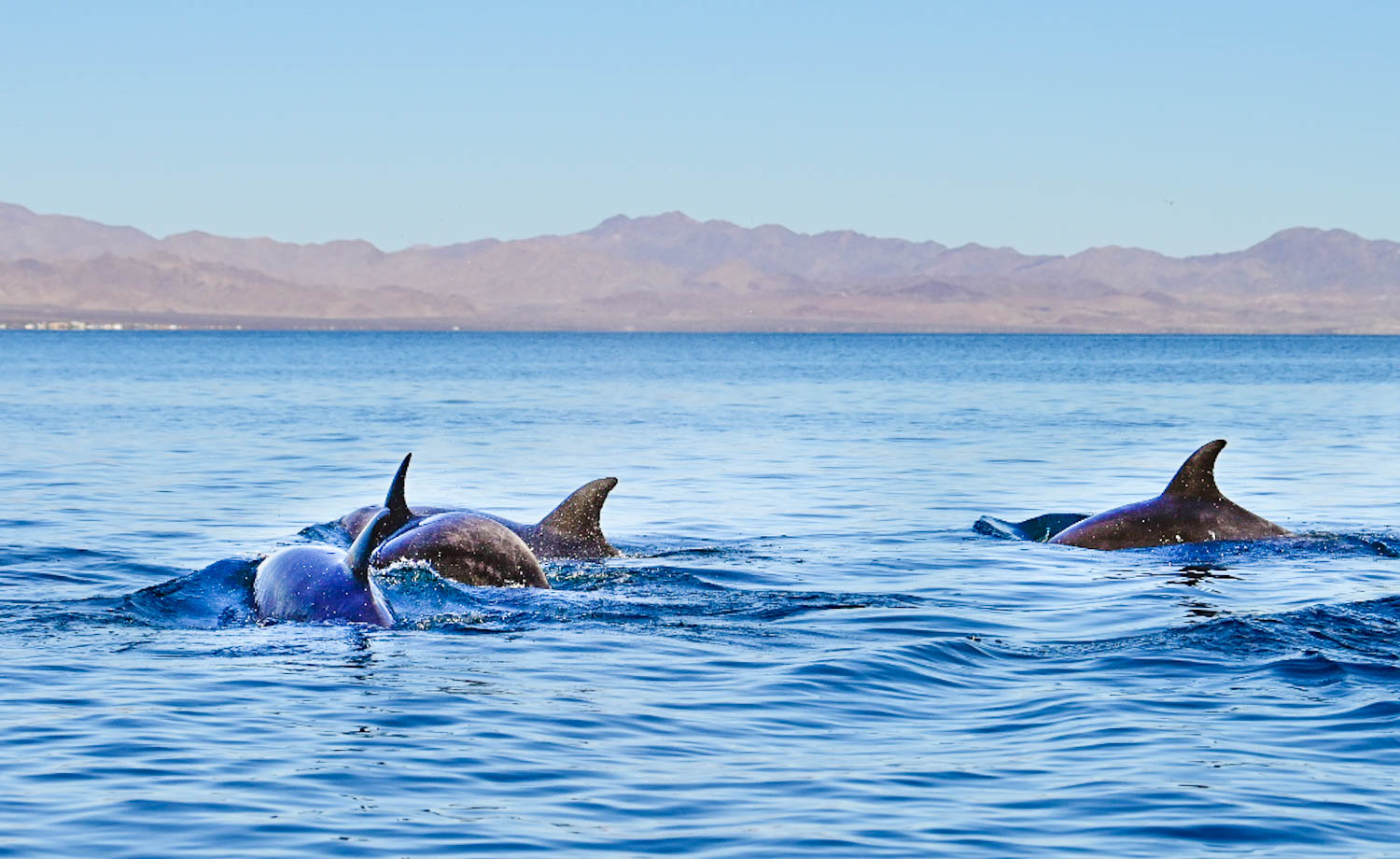
Finally, we got what we were waiting for, a decent weather forecast. Weather forecasts, like tidal predictions, are only a rough guess. Despite a good prediction, we sat out the next windstorm in Puerto Don Juan, a perfect hurricane hole protected from every angle. With two and a half weeks of food and over thirty gallons of water on board, we were poised to head south along the coast.
That night our minds were full of trepidation. At 700 miles long and 95 miles, wide the Sea of Cortez looks, and feels, like the open ocean. The mid-drift islands, too far offshore to offer any real protection, act like a sieve, intensifying currents on the multitude of points we would need to go around. And, we still hadn’t practiced, what we understood would be a critical skill on the main coastline, surf landings!
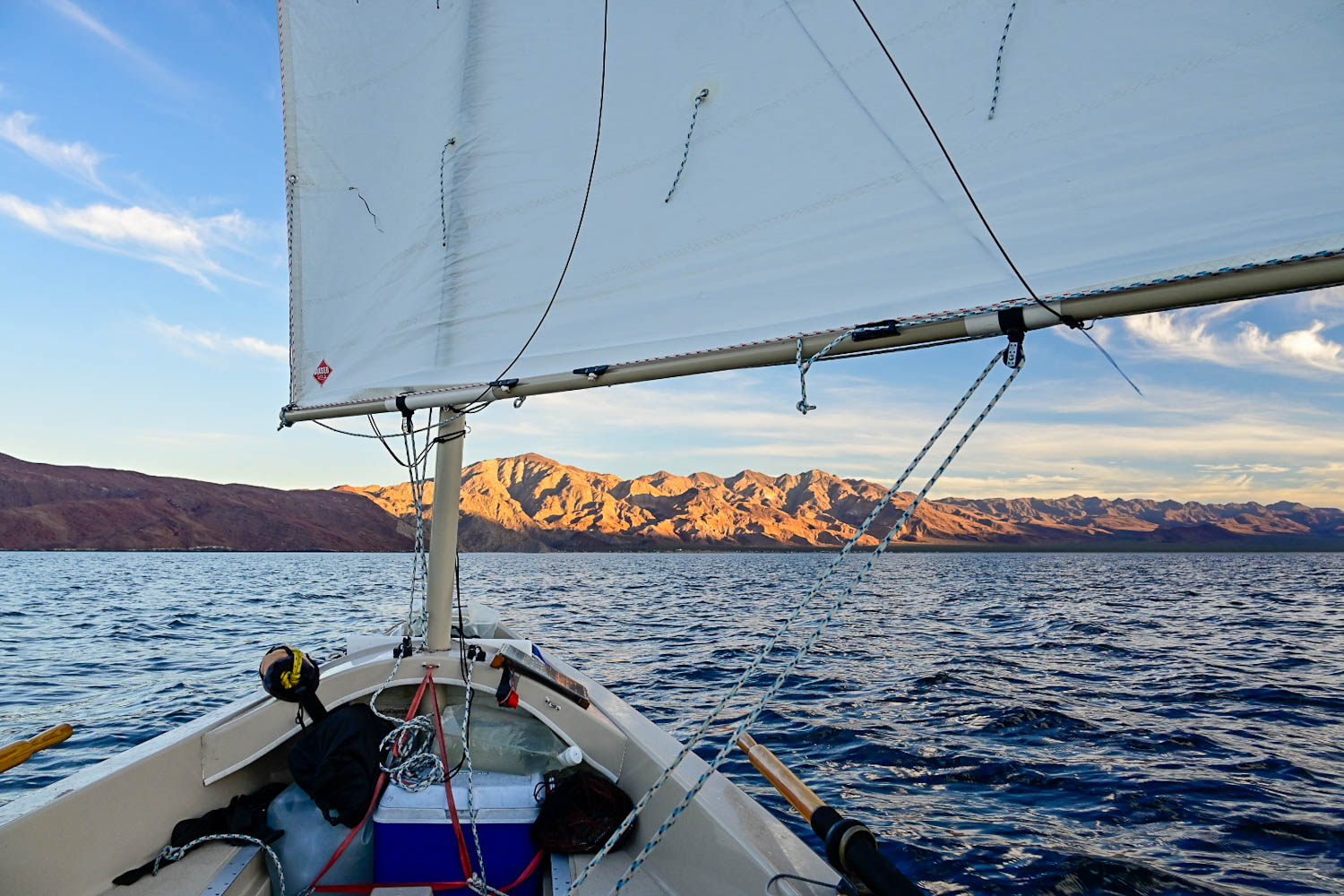
I felt I might have a few tricks on board from getting clients in double kayaks in through big waves in my Mexico kayak guiding days. (We swam out, clipped a throw rope to the stern of the boat, and acted like a human sea anchor to prevent broaching.) These, and other potentially crazy ideas, were untried with the Salish Voyager.
That evening, in the golden light of sunset, I watched coyote puppies tumble over each other on the bluff above camp.
A visit from Coyote, the trickster
That morning at three a.m. I woke up. The alarm was set for 3:30. Wild Places was close. Too close. She was right next to camp, and perched on top of two-foot boulders!
“Fredrik!” I hollered. He was out of bed in a flash.
“What in the world?” He said as he grasped our situation.
Luckily, she had settled on the rocks gently in our protected cove. Still, everything had to be unloaded and rollers blown up underneath her. With careful lifting and bumping, both for the boat and for our backs, we managed to get her squarely onto the rollers. By now the tide was going out. On our flat beach, the water was dropping faster than we could load up and roll out. We had missed our window. We sat in the boat sipping coffee, waiting for the water to return, and letting the calmest part of the day slip away.
What the heck had happened? In 16 months of voyaging in Alaska, we had drug anchor once, and not in the sand. Our sea anchor was solid. The rope we used on the shore anchor side was sliced clean in half. Fortunately, with our system of using two independent anchor systems, she can’t float away. But, what could have happened here? There were no sharp barnacles or shells nearby. The rope had been strung far above the sharp lava rocks on the shore.
Seriously, could this be Coyote, the infamous trickster? Sharp puppy teeth, perhaps? We would later learn that the locals tie their boats up with chain. Yep, we had lots to learn.
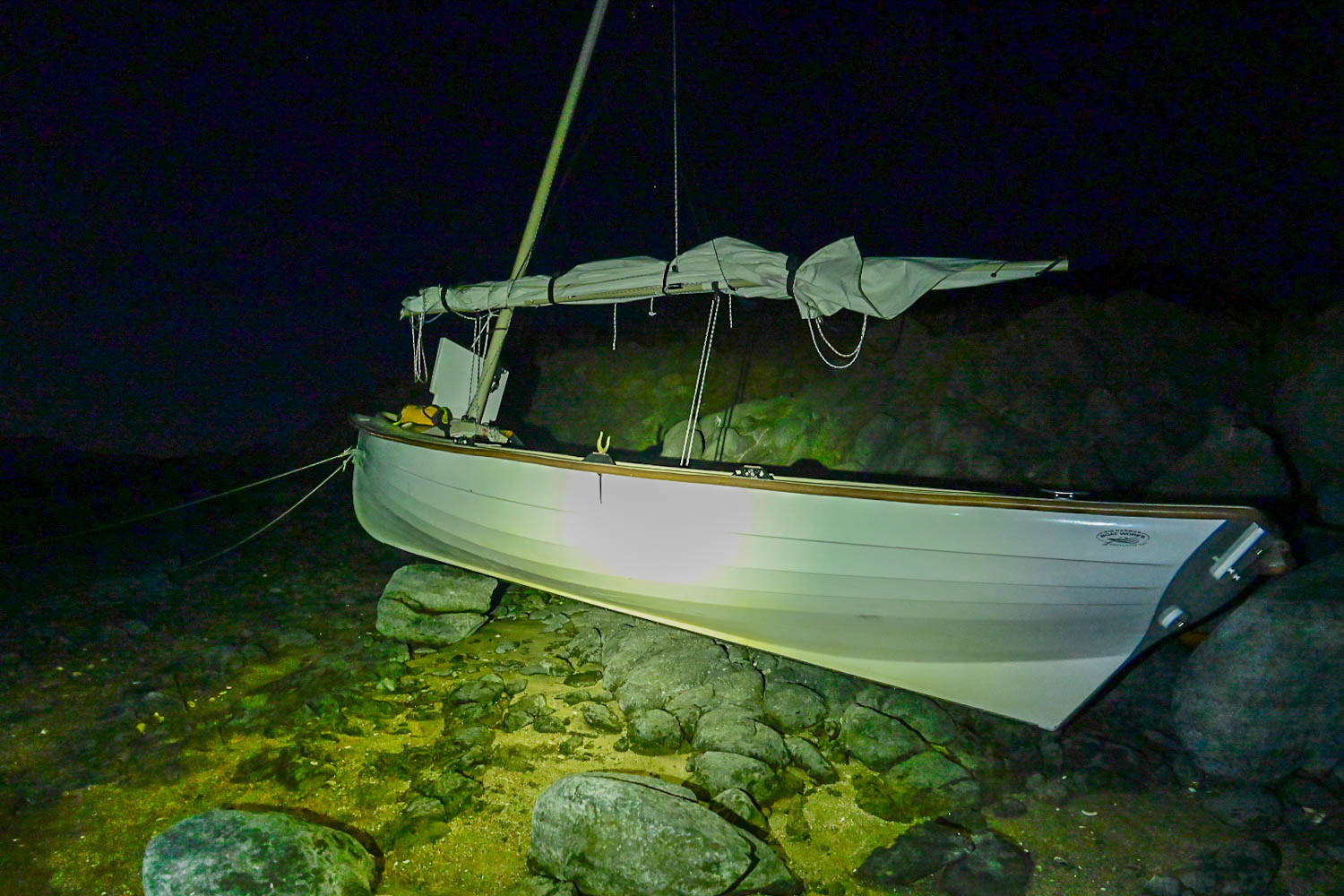
With a shortened rope we could now anchor only about half as far off shore as we could before.
Was this a sign? Should we just stay the heck off of the outer coast? We talked about our options as we waited for the tide. Neither of us was under the illusion that this next leg would be a vacation of any kind.
When the tide came in to retrieve us, we headed out of the bay….and turned south.
[To be continued . . .]
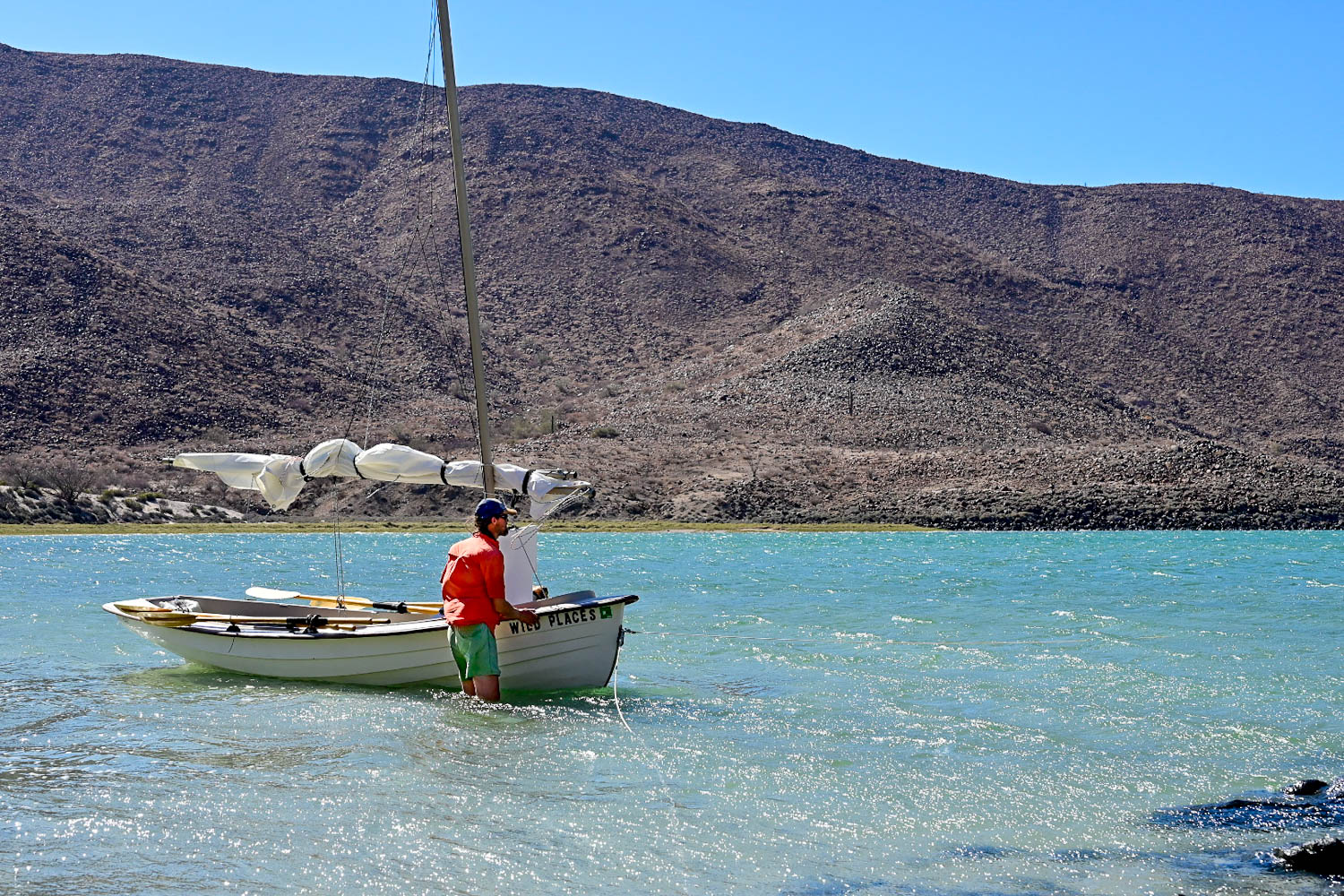
Stay tuned for the next chapter of Wild Places photojournal as they head south and learn all about surf landings, El Norte, and the old sailor’s adage, “Reef early, reef often!” In the meantime, you can read the backstory on Fredrick and Nancy’s Alaska journey from the beginning here. You can also find their stories from that previous adventure in back issues of Northwest Yachting and Small Boats Magazine.
Learn more about the 17′ Salish Voyager . BTW, there’s a nice deal on a used one here!
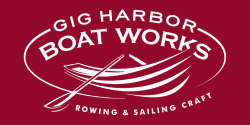
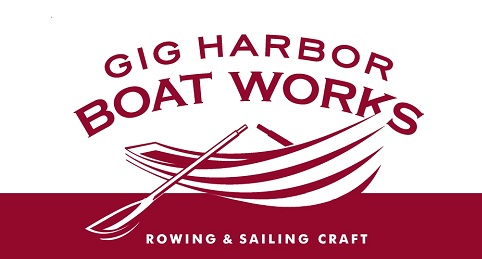

I’d like to follow Fredrick and Nancy on social media, or even email them as I want to basically tow my future Salish into Baja, and need to nail down logistics. Feel free to share my email with them.
Hi John! Fredrick and Nancy don’t do social media, but I’m sure they’d be happy to share tips via email when they’re back on land. Will pass it along!
Pura vida de la costa mexicana…están costeando bien!
Échales!